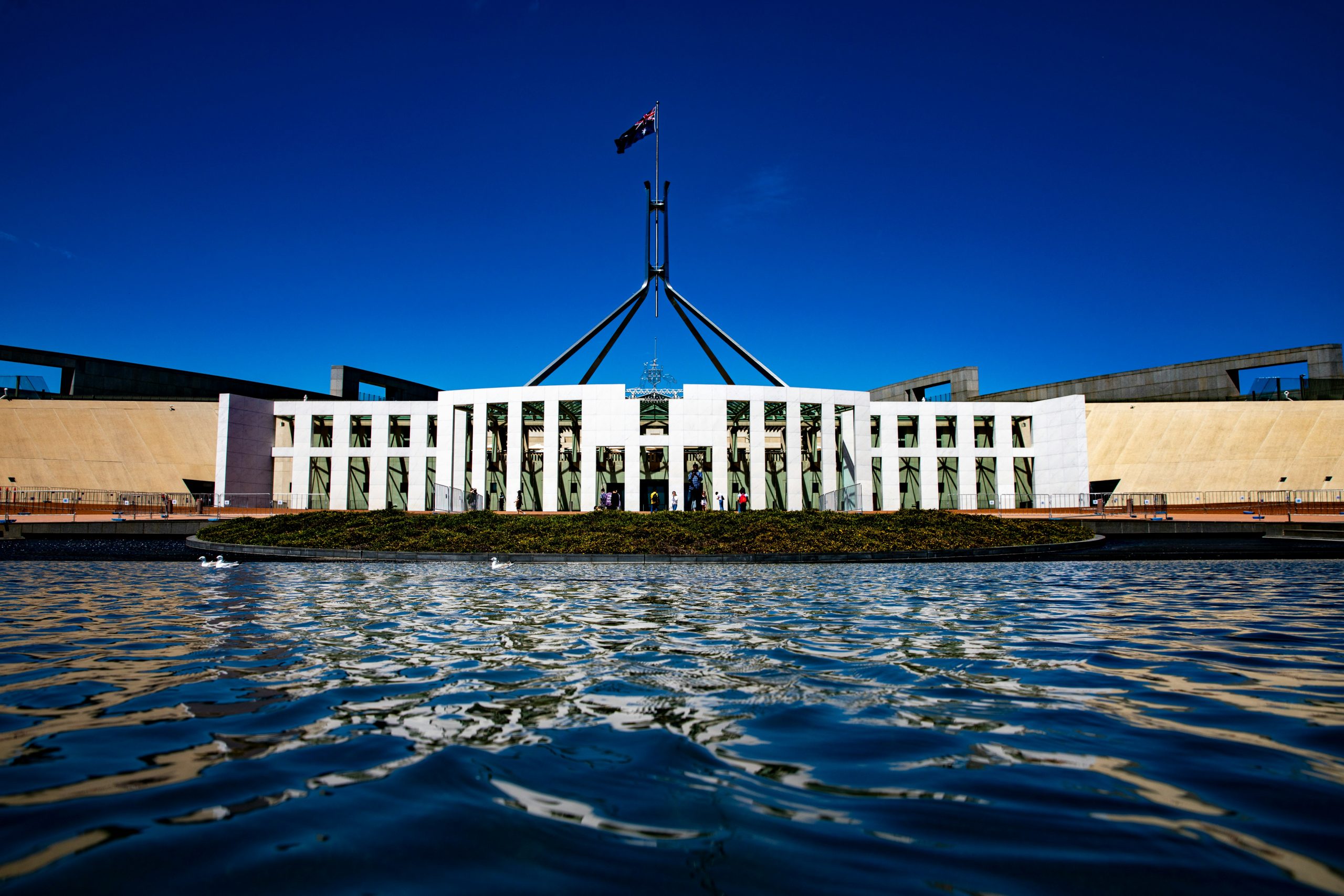Have you recently lost a loved one and received notice that their superannuation death benefit is to be paid to one or more dependants or their estate? Do you disagree with this decision?
When a member of a superannuation fund dies, their superannuation death benefits do not automatically form part of their estate.
If a member has made a valid binding death benefit nomination (“BDBN”), the Trustee of that fund must distribute the death benefits in accordance with the BDBN. However, in the absence of a valid Binding Death Benefit Nomination, the Trustee generally has discretion as to how it will pay a member’s superannuation death benefits.
The Trustee’s discretion typically allows the Trustee to pay superannuation death benefits to:
- the member’s Legal Personal Representative, such as their executor or administrator (“LPR”) (to pass into their estate and to be dealt with in accordance with their Will, if any, or otherwise on intestacy); or
- one or more of the member’s dependants.
The purpose of a superannuation death benefit is to provide for those dependants of a superannuation fund member who would have continued to rely on the member for financial support, but for the member’s untimely death.
Subject to the requirements of a fund’s governing rules and legislative requirements, in allocating a superannuation death benefit among the member’s dependants, preference is generally given to those ‘dependants’ who might have expected to continue to receive financial support from the member.
So what do we mean by the term “dependant”?
Dependant is defined in the Superannuation Industry (Supervision) Act 1993 (Cth) (“SIS Act”) to include a member’s spouse, child and any person with whom the member has an interdependency relationship.
The member and another person may satisfy the criteria for an ‘interdependency relationship’ under section 10A of the SIS Act if they satisfy all of the following elements as at the member’s date of death:
- they have a close personal relationship;
- they live together;
- one or each of them provides the other with financial support; and
- one or each of them provide the other with domestic support and personal care.
In each case, the meaning of ‘dependant’ will depend on the governing rules of the relevant fund. The fund rules do not have to permit distribution of a death benefit to all possible types of dependants under superannuation law and they may also specify a certain level of dependence (for example, substantial financial dependence) in order for a person to be eligible as a dependant.
The Superannuation Trustee therefore has broad discretionary powers to distribute a member’s death benefit to one or more dependants of the member and to their LPR (to be distributed in accordance with the terms of their Will or applicable laws in the event of an intestacy).
This exercise of discretion often leads to disappointed dependants or beneficiaries of the member’s estate. So, what can a disappointed dependant or LPR of an estate do in these circumstances?
Typically, Trustees will provide notice of their decision regarding the exercise of their discretion to all interested dependants and the LPR (“Notice”). Trustees do not typically write to beneficiaries of a member’s estate. From the time this Notice is received, interested parties have 28 days in which to lodge an objection with the Trustee. This objection must set out the grounds upon which an objection is made and clearly set out the nature of the relationship with the member (for example, the LPR or a spouse etc).
The most common type of objections arise in circumstances where there is a dispute in the nature of the relationship between the member and the person in whose favour an initial exercise of discretion has been made. For example, family members or the LPR of the deceased member may assert that a de facto spouse was not in fact a de facto spouse as at the date of the member’s death.
Upon receiving the Notice and all relevant evidence (usually statutory declarations from the person objecting and any witnesses) the Trustee will review their decision and provide written notice of this final decision within 90 days to all interested parties.
If this decision is unsatisfactory the person who lodged the objection (or where a decision is reversed, the initial payee of the death benefit), can apply to the Australian Financial Complaints Authority (“AFCA”). This application must be made within 28 days of a final decision being made by the Trustee. AFCA will then review all of the evidence and make a binding decision upon the parties. It is important to note that AFCA will not consider or review decisions made by SMSF Trustees.
If you would like to discuss disputing a deceased member’s death benefit payment, please contact Karolina Rzymkowska, Head of Estates karolina@lynnandbrown.com.au at Lynn and Brown Lawyers.
About the author:
Karolina Rzymkowska is a Perth Lawyer and Head of Estates at Lynn & Brown Lawyers. Karolina leads the Estates Team and is highly experienced in both simple and complex estate planning, estate administration and disputed estates.


















